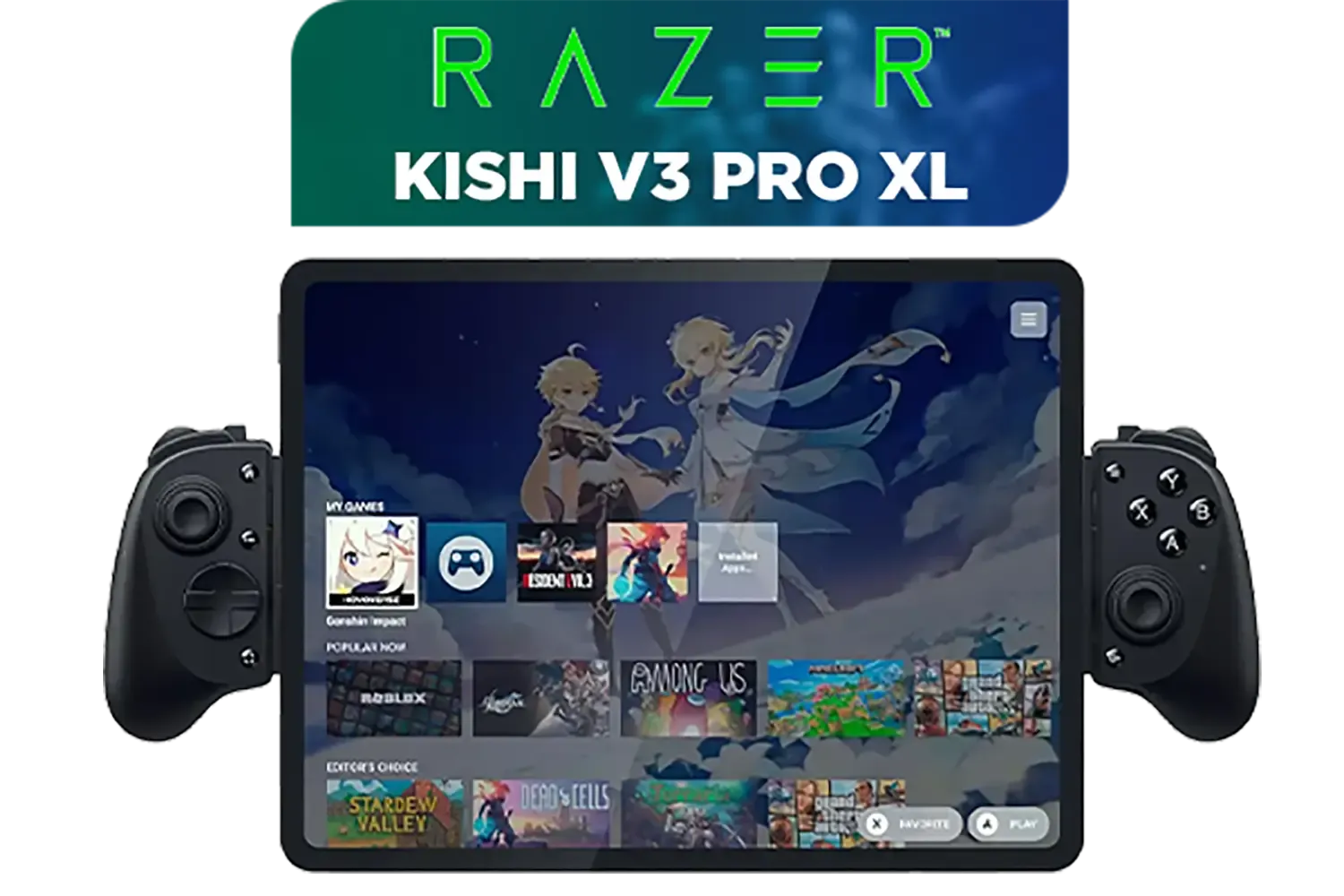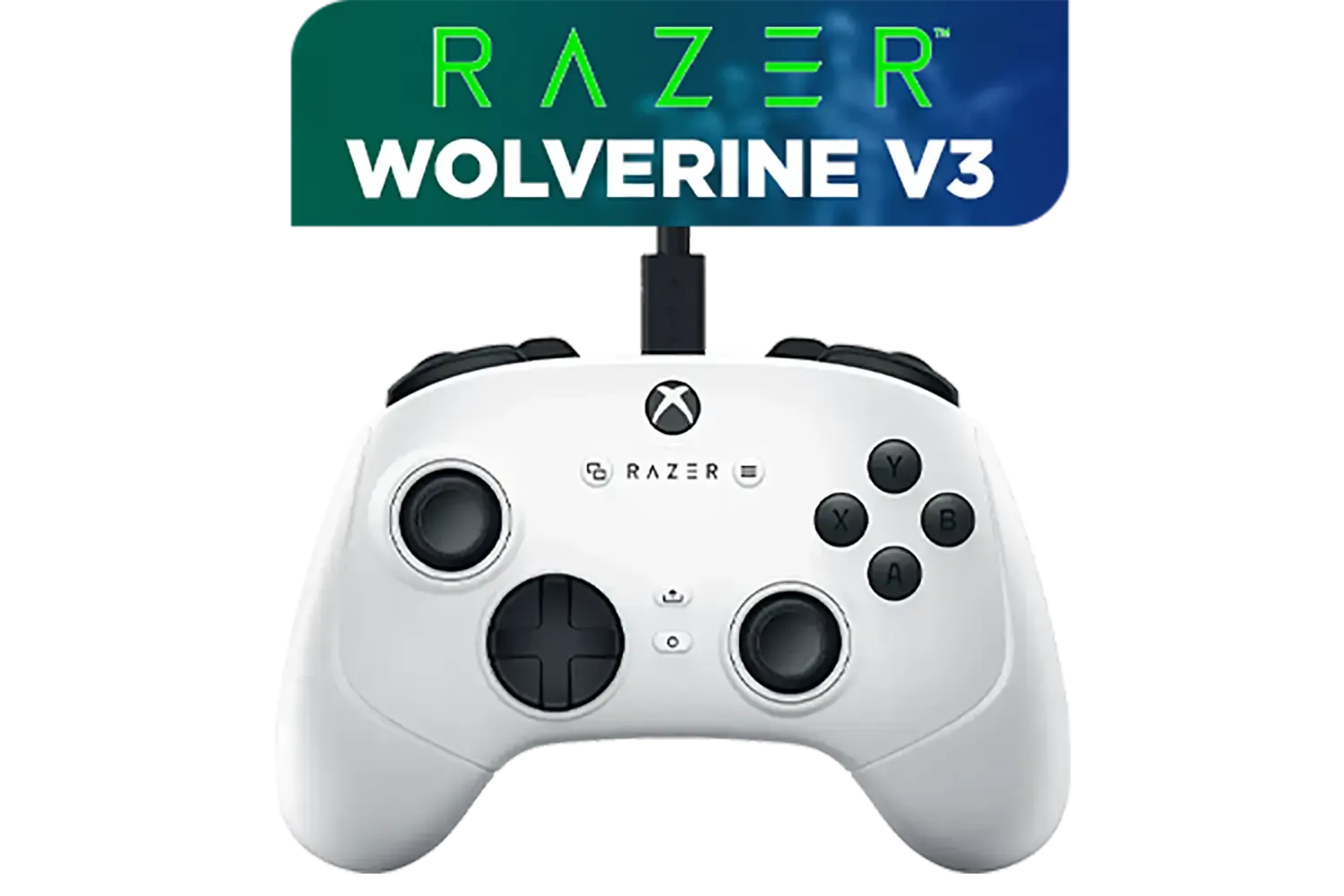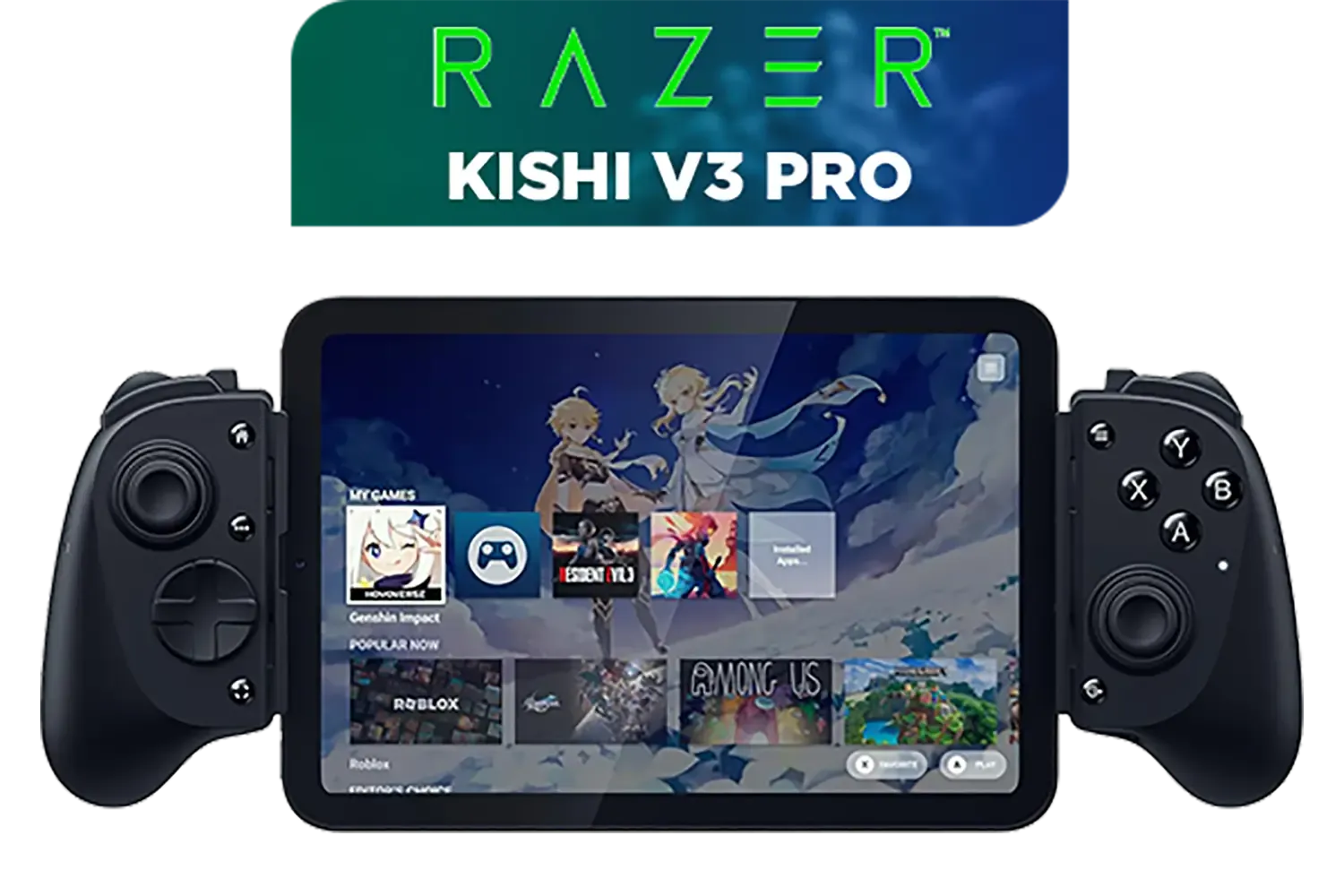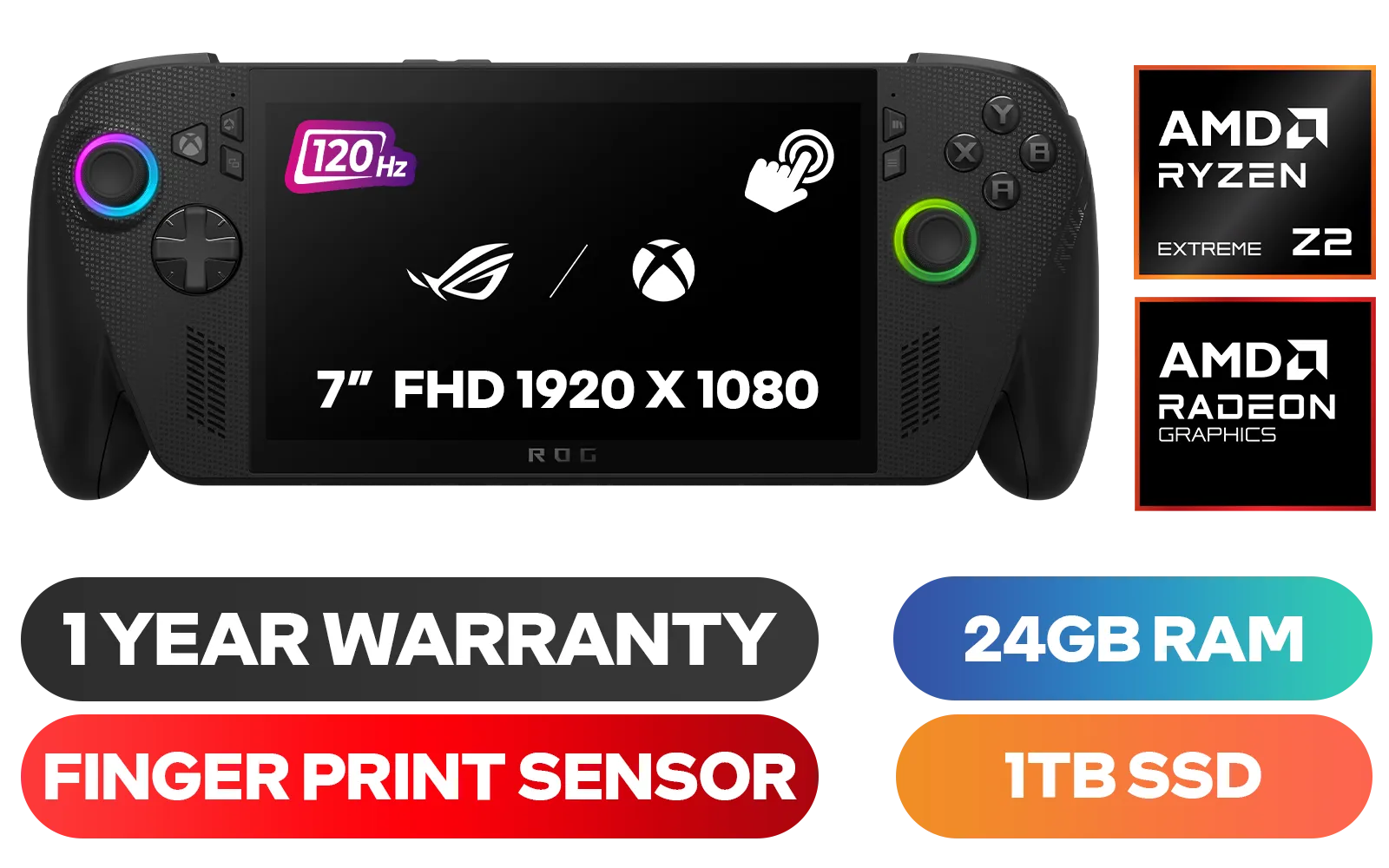
Water vs Air Cooling for Gaming PCs
🚀 Wondering whether to choose water cooling vs air cooling for your gaming PC? Discover which delivers superior performance, lower temps, and better value for gamers in 2024! 💥 Read the full breakdown →
Concerned about handheld gaming PC cooling? 🔥 We put the top devices like the Steam Deck, ROG Ally, and Legion Go through intense thermal testing. Discover which one stays coolest under pressure and learn our expert tips to prevent throttling and boost performance. 🎮

Picture this: you're deep in a Helldivers 2 mission on your ROG Ally, things are getting hectic... and suddenly your frames drop. Your hands are sweating, and not just from the action. Your powerful handheld is getting hotter than a Durban summer. Sound familiar? Understanding handheld gaming PC cooling isn't just for tech nerds; it's essential for keeping your gameplay smooth and your hardware healthy. Let's dive into how you can beat the heat. 🌡️






You've got a supercomputer in your hands, but all that power generates serious heat. When a device gets too hot, it engages in "thermal throttling." Think of it as your PC protecting itself by slowing down to cool off.
This is the number one enemy of stable frame rates. Effective handheld gaming PC cooling ensures you get the performance you paid for, preventing stuttering and lag during critical moments. It also helps preserve the lifespan of internal components and can even improve battery life, as the fan doesn't have to work overtime constantly.
Whether you own a Steam Deck, Lenovo Legion Go, or an MSI Claw, they all use a sophisticated combination of a single fan, a heatsink, and copper heat pipes to expel hot air. The most important thing you can do? Don't block the vents!
It sounds simple, but holding the device in a way that covers the intake or exhaust vents is a common mistake. Regularly check these vents for dust buildup. A quick blast of compressed air (part of any good maintenance routine) can make a world of difference. Keeping your setup clean is one of the easiest wins, and you can find all the right tools among our other tech essentials.
Ready to take control? Here are a few proven methods to improve your handheld gaming PC cooling and keep temperatures in check.






Your device’s software is your first line of defence. Most handhelds have a command centre (like Armoury Crate on the ROG Ally) that lets you switch between performance modes. A "Silent" or lower-wattage mode will generate significantly less heat, perfect for less demanding indie games.
For more advanced control, you can manually set the TDP (Thermal Design Power). Lowering the TDP by a few watts can dramatically reduce heat with only a minor impact on performance. Capping your frame rate to 60 or even 40 FPS is another excellent way to ease the load on your hardware.
Most handheld PCs allow you to set a custom fan curve through their built-in software or third-party apps. Instead of waiting for the device to get hot, you can make the fan spin up earlier at a lower temperature. This proactive approach keeps heat from building up in the first place, preventing throttling before it even starts.
The community has developed some brilliant solutions. Aftermarket backplates with improved ventilation or even small, attachable cooling fans can actively pull heat away from your device. While you're browsing, check out our deals on other essential gaming accessories that can perfect your portable setup.






Believe it or not, even internal upgrades can affect your handheld's thermals. When it's time to expand your storage, some M.2 2230 SSDs are known to run cooler and be more power-efficient than others. It's a small detail that contributes to the overall thermal profile of your system. If you're considering a storage boost, it's worth checking out the latest deals on high-performance SSDs.
Ultimately, mastering your handheld's cooling is about creating the best possible gaming experience. You have the visual and the performance... now complete the sensory immersion with a quality gaming headset to truly lose yourself in the game, wherever you are.
Ready to Build Your Ultimate Setup? Whether you're optimising your handheld or building a desktop beast, having the right gear is key. Explore our massive range of PC gaming components and deals and find everything you need to dominate the game.
Yes, due to their compact design, handheld gaming PCs can struggle with heat. Intense games can push them to thermal throttle, reducing performance to protect components.
You can improve handheld PC cooling by ensuring vents are clear, playing in a cool environment, and considering an external cooler. Some users also undervolt their device.
Thermal throttling is when a handheld PC's processor automatically reduces its speed to lower temperatures and prevent damage. This results in lower frame rates and stuttering.
Cooling performance varies. Our tests show devices like the Lenovo Legion Go often have an edge due to their design, but results depend on the specific game and settings.
Yes, an external cooler for a handheld PC can make a noticeable difference. By actively drawing heat away from the device's chassis, it can lower internal temperatures.
Yes, high fan noise on a handheld gaming PC is normal during demanding tasks. The small fans must spin very fast to dissipate heat, which can create significant noise.